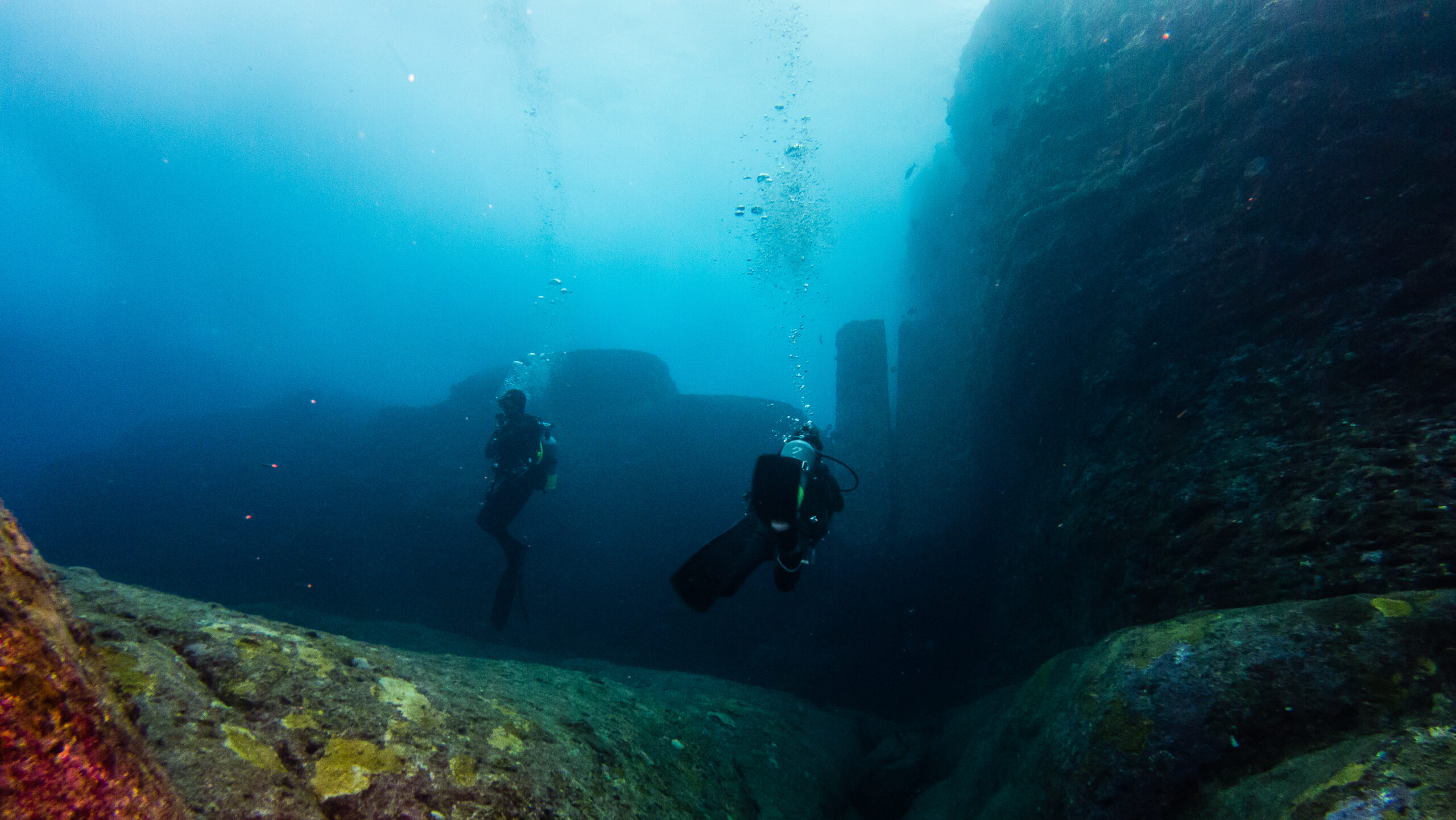The Lost City of Dwarka

Off the coast of India lies the city of Dwarka, steeped in legend as the home of Lord Krishna. Excavations suggest it was submerged around 1500 BCE due to rising sea levels. The underwater ruins reveal a sophisticated society, with structures, pottery, and artifacts that paint a vivid picture of the ancient world. Advanced technologies like sonar mapping have been instrumental in exploring these submerged ruins. Researchers continue to piece together its history, unearthing clues to its once-thriving community. The city holds a special place in both mythology and archaeology, bridging the gap between legend and reality. The ongoing discoveries continue to captivate historians and enthusiasts alike.
The Antikythera Shipwreck

The Antikythera shipwreck, found in the azure waters off Greece, dates back to around 100 BCE. It’s famous for the Antikythera mechanism, an ancient device considered an early form of an analog computer. This wreck has opened a window into ancient Greek trade and technology. Among the treasures found are bronze statues and pottery that shed light on the maritime practices of the time. The site continues to yield new artifacts, each adding to our understanding of ancient Greece. Ongoing research ensures the shipwreck remains a focal point for historians. The allure of the Antikythera mechanism draws scientists and historians from around the globe.
The City of Heracleion

Heracleion, once a bustling port city of Egypt, now rests beneath the Mediterranean Sea. Rediscovered in 2000, the city’s ruins include temples, statues, and inscriptions that illuminate its rich history. The artifacts provide insights into its cultural and economic significance in ancient times. Archaeologists are keenly studying the site to understand ancient Egyptian maritime history. Heracleion’s discovery has sparked interest in sunken cities, offering a tangible connection to the past. Each artifact tells a story of a city that once thrived along vital trade routes. The exploration of Heracleion continues to be a journey into the heart of ancient Egypt.
The Submerged City of Pavlopetri

Pavlopetri, nestled off the coast of Greece, is the oldest known submerged city, dating back to around 2800 BCE. The site is remarkably well-preserved, with streets, buildings, and burial sites still visible. Researchers have employed 3D modeling to map the city’s layout, offering insights into its daily life and commerce. Its strategic location suggests Pavlopetri was a significant trading hub in the Aegean Sea. The findings have captivated archaeologists, providing a glimpse into a long-lost world. Pavlopetri continues to be an invaluable resource for understanding early urban planning. Its preservation offers a unique opportunity to study ancient society in its original setting.
Yonaguni Monument

Off Japan’s coast, the Yonaguni Monument sits shrouded in mystery. Some believe it to be the remnants of an ancient civilization, while others argue it’s a natural formation. The debate fuels ongoing research and underwater surveys. Despite inconclusive evidence, the site attracts divers and historians, eager to unveil its secrets. The monument’s unique features have sparked many theories about its origins. As technology advances, researchers hope to uncover definitive answers. The Yonaguni Monument remains a tantalizing puzzle for those fascinated by ancient mysteries.
The Sunken City of Atlit-Yam

Lying off Israel’s coast, Atlit-Yam is a Neolithic settlement submerged around 7000 BCE. Excavations have revealed houses, burial sites, and signs of early agriculture. This site offers valuable insights into prehistoric communities and their adaptation to environmental changes. Atlit-Yam’s discovery has been crucial in understanding the lifestyle of ancient settlers. The ongoing research seeks to uncover why this village was submerged, adding to our knowledge of prehistoric life. Atlit-Yam serves as a window into humanity’s early attempts at settlement and agriculture. The site remains a focal point for studying human resilience against nature’s forces.
The Lost City of Thonis

Thonis, the Egyptian counterpart to Heracleion, was a vital trade center before its submersion. Recent underwater excavations have unveiled temples, inscriptions, and artifacts that underscore its historical importance. Thonis’s discovery has illuminated the cultural exchanges between Egypt and the Mediterranean world. Archaeologists continue to explore the site, revealing the intricacies of ancient trade networks. The city’s artifacts offer a glimpse into its vibrant past, enhancing our understanding of ancient economies. Thonis stands as a testament to Egypt’s influence in the ancient world. The site continues to enrich our knowledge of historical commerce and culture.
The Mystery of the Bermuda Triangle

The Bermuda Triangle, infamous for mysterious disappearances, remains a topic of intrigue. While many theories circulate, some researchers point to underwater geological formations as a potential cause. Ongoing studies aim to unravel the truth behind the legends. The area’s natural phenomena continue to be a subject of scientific inquiry. Despite the mystery, the Bermuda Triangle captivates both scientists and enthusiasts. Its enigmatic reputation fuels a thirst for discovery and understanding. The search for answers in this area remains a compelling journey into the unknown.
Future of Underwater Archaeology

The field of underwater archaeology is rapidly evolving with technological advancements. Tools like remote-operated vehicles (ROVs) and underwater drones have revolutionized the exploration of submerged sites. These innovations enable detailed mapping and analysis, leading to exciting new discoveries. As technology progresses, the potential for uncovering more sunken civilizations grows. The future of underwater archaeology promises to unveil even more secrets hidden beneath the waves. This field continues to expand our understanding of human history and its interaction with the environment. The possibilities are endless as researchers dive into uncharted territories.
Conclusion

The exploration of sunken civilizations provides invaluable insights into our past and the resilience of ancient societies. As research progresses, we continue to uncover the mysteries of these lost worlds, enriching our understanding of history and the impact of environmental changes on civilizations. Each discovery adds a new layer to humanity’s journey through time.


